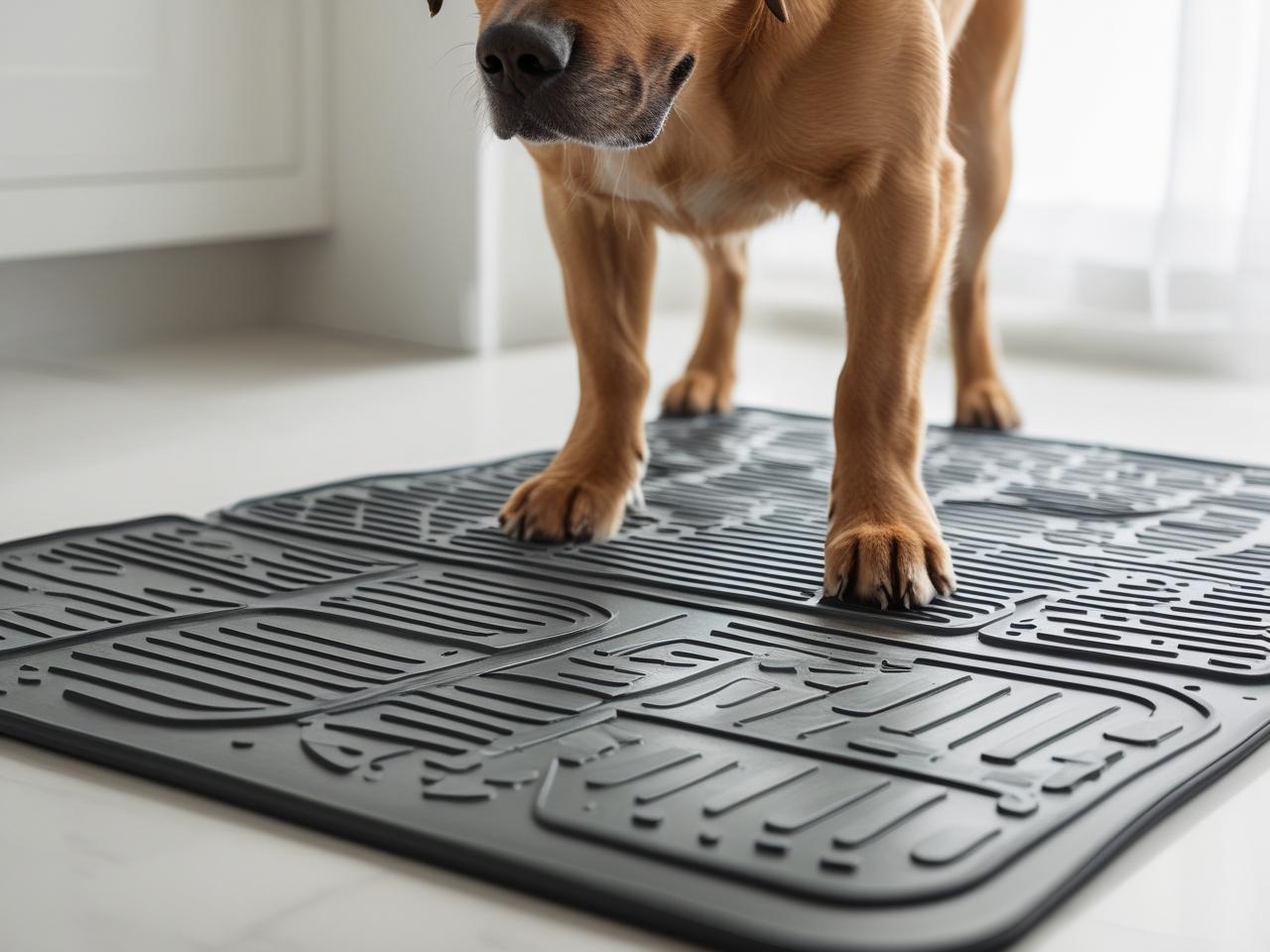Hygienic mats, also known as training pads or pet pee pads, are a practical solution for pet owners who want to maintain a clean and tidy home. These absorbent mats are designed to help pets relieve themselves in a specific spot indoors, which is especially useful for puppies, senior pets, or pets that live in apartments without immediate access to outdoor areas.
Using hygienic mats effectively requires more than just placing one on the floor. When used correctly, they promote cleanliness, reinforce positive habits, and reduce accidents. In this guide, we’ll walk through how to introduce, place, and maintain hygienic mats so that both you and your pet benefit from their full potential.
What Are Hygienic Mats?
Hygienic mats are disposable or washable pads with a soft, absorbent top layer and a waterproof backing to prevent leaks. They are often used:
- During puppy potty training
- For senior or disabled pets
- In homes without outdoor spaces
- During bad weather when outdoor access is limited
These mats are meant to provide a designated bathroom area and help contain messes in a clean and manageable way.
Choosing the Right Mat
Not all mats are the same. Consider these factors when choosing hygienic mats for your home:
- Size: Choose a mat large enough for your pet to use comfortably, especially if you have a larger dog or multiple pets.
- Absorbency: High-quality mats absorb more and prevent leaks.
- Scented or Unscented: Some mats are infused with attractants to guide your pet to use them. Test to see what works best for your animal.
- Reusable or Disposable: Reusable mats are eco-friendly and washable, while disposable options offer convenience.
Once you have the right product, it’s time to introduce it properly.
Introducing Hygienic Mats to Your Pet
Whether your pet is young or old, a slow and positive introduction sets the stage for success.
Step 1: Choose the Right Location
Pick a quiet, low-traffic area where your pet feels safe and can go to the bathroom without distractions. Avoid placing the mat too close to food and water bowls or your pet’s sleeping area.
Step 2: Show the Mat
Let your pet sniff and explore the mat. Use a calm voice and encourage them to step onto it. For puppies or pets new to the idea, gently guide them to the mat after meals, naps, or playtime—these are common potty times.
Step 3: Be Consistent
Consistency is key. Use the same area and same type of mat each day. If your pet uses the mat correctly, praise them immediately and offer a treat.
Step 4: Monitor and Repeat
Keep an eye on your pet and redirect them to the mat if they begin to go elsewhere. Clean any accidents promptly to remove lingering scents that might encourage repeat mistakes in the wrong spot.
Daily Use and Maintenance
Once your pet is regularly using the mat, keeping it clean and fresh becomes part of your routine.
Change Mats Frequently
Replace disposable mats once they’re soiled to prevent odors and bacterial buildup. For reusable mats, wash them with pet-safe detergent and allow them to dry completely before reuse.
Clean the Area Around the Mat
Wipe the floor under and around the mat daily to avoid stains or residue. Even waterproof mats can sometimes allow minor leaks if used heavily.
Avoid Using Harsh Cleaners
Stick to pet-safe cleaning products. Strong-smelling cleaners may deter your pet from using the mat in the future.
Use a Mat Holder or Tray
Consider using a mat holder or plastic tray to keep the mat in place and contain spills. These also help prevent pets from moving or tearing the mat.
Troubleshooting Common Issues
My Pet Misses the Mat
If your pet frequently goes near the mat but not on it, the size may be too small or the mat may have moved. Try a larger pad or secure it with non-slip backing.
My Pet Chews the Mat
Some pets, especially puppies, may try to chew the mat. Supervise them during early training, and redirect with chew toys when necessary. Switch to a more durable mat if needed.
My Pet Refuses to Use the Mat
Be patient. It may take time for your pet to understand the purpose. Try using a mat with a built-in attractant or lightly spray a pet-safe training spray. Never punish your pet—positive reinforcement works best.
Transitioning to Outdoor Training (If Desired)
For dogs that will eventually go outdoors for bathroom breaks, hygienic mats can serve as a temporary tool. Gradually move the mat closer to the door, then outside, over several days or weeks. Reward your pet each time they use the new location.
This step-by-step transition helps your pet connect the behavior with different surroundings.
Tips for Apartment and Indoor Pets
If your pet lives entirely indoors, make hygienic mats a long-term part of your setup:
- Choose an area with good ventilation to control odors
- Keep a cleaning station nearby with wipes and fresh mats
- Consider doubling up with a litter system for cats who use pads
Regular cleaning and mat replacement will make indoor potty training feel like second nature to your pet—and much easier for you.
Final Thoughts
Using hygienic mats correctly creates a cleaner, more comfortable home for both pets and owners. With consistent training, a well-chosen location, and routine maintenance, these mats become a simple solution for managing your pet’s bathroom needs.
Whether you’re raising a puppy, caring for a senior dog, or adapting to apartment life, hygienic mats offer flexibility, control, and peace of mind. With just a little planning, you can make them an effective and stress-free part of your pet care routine.
